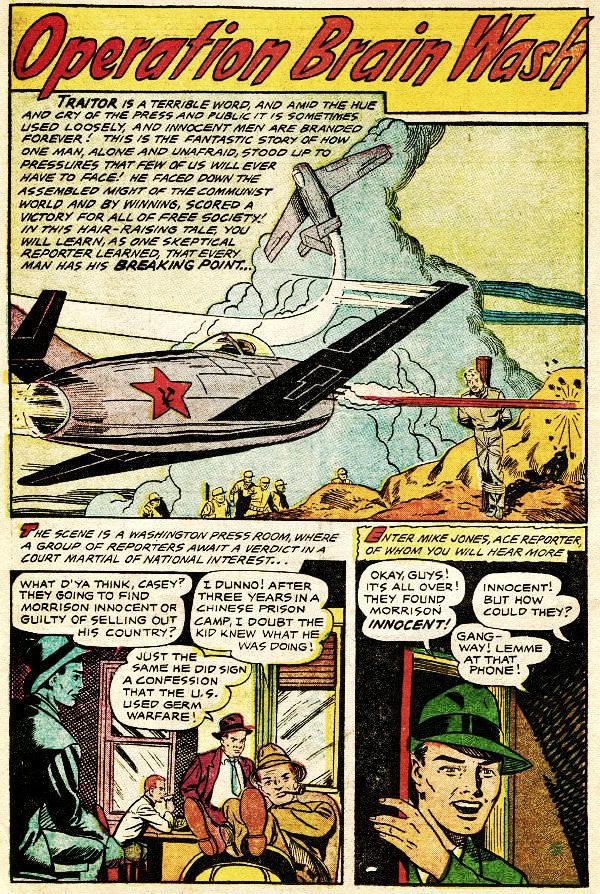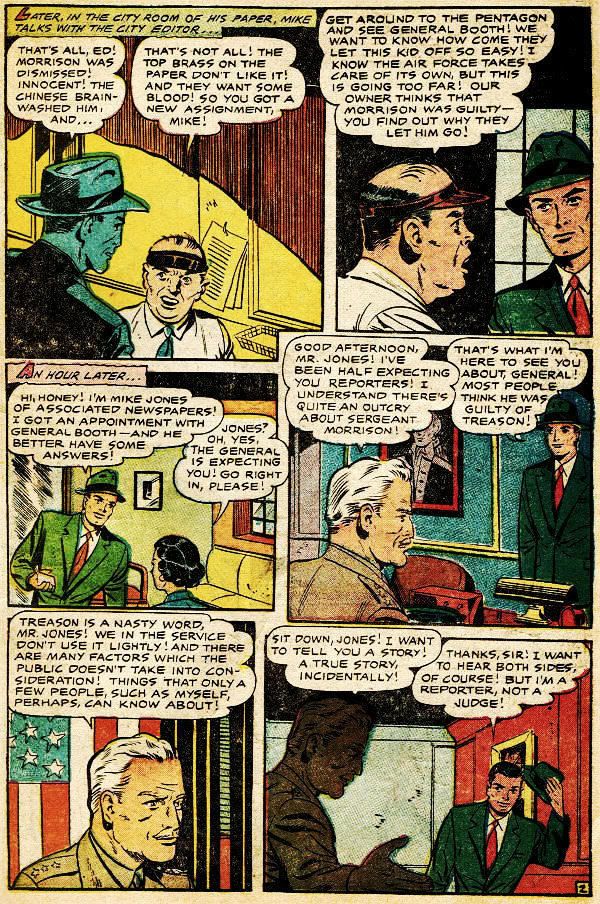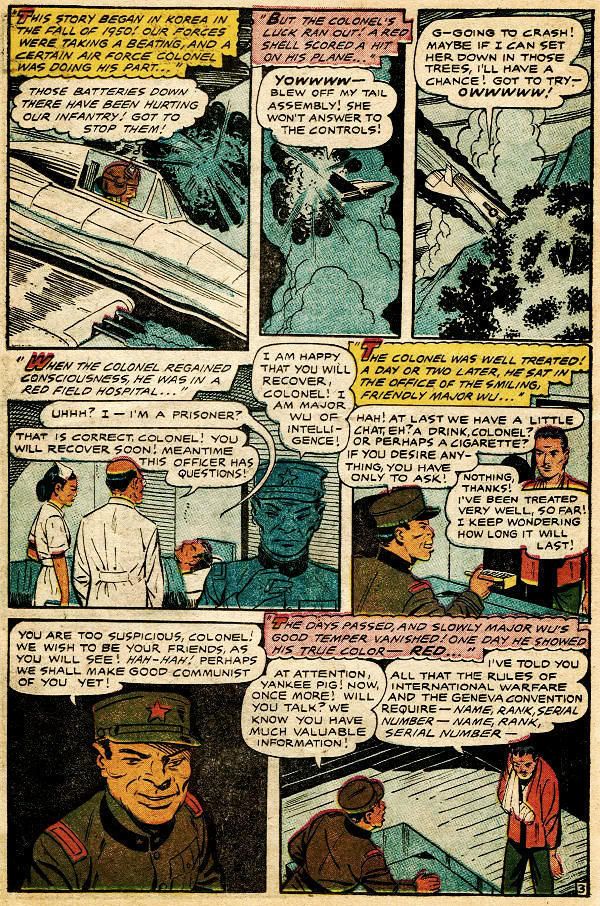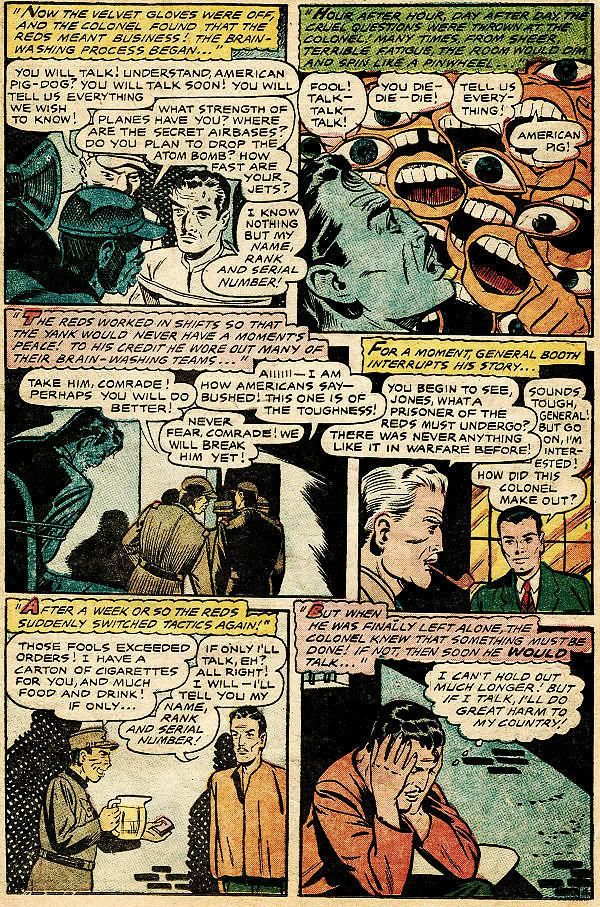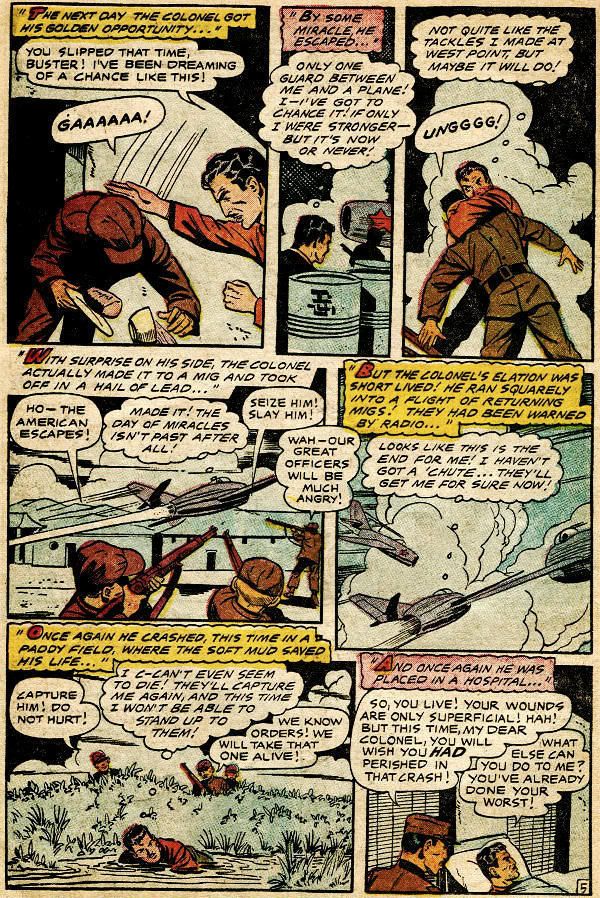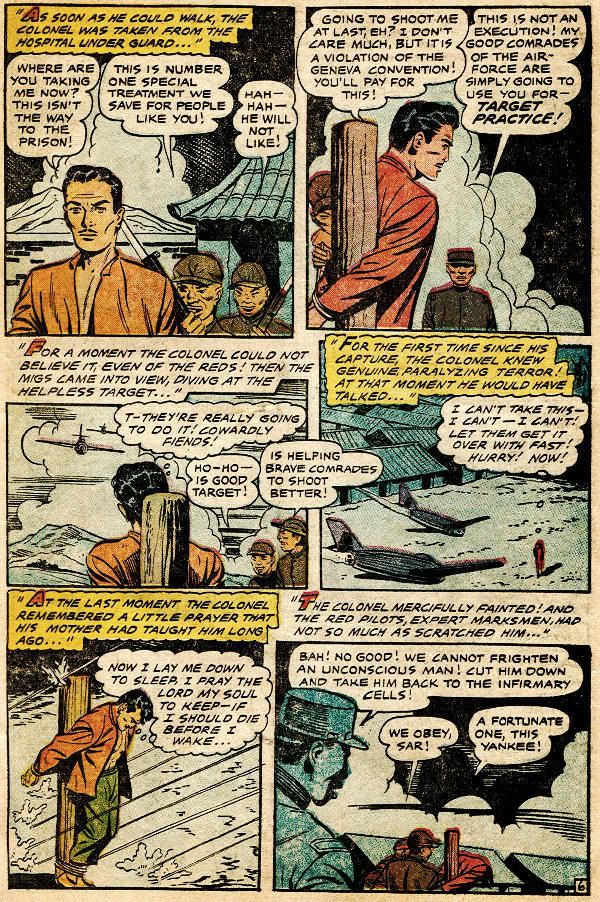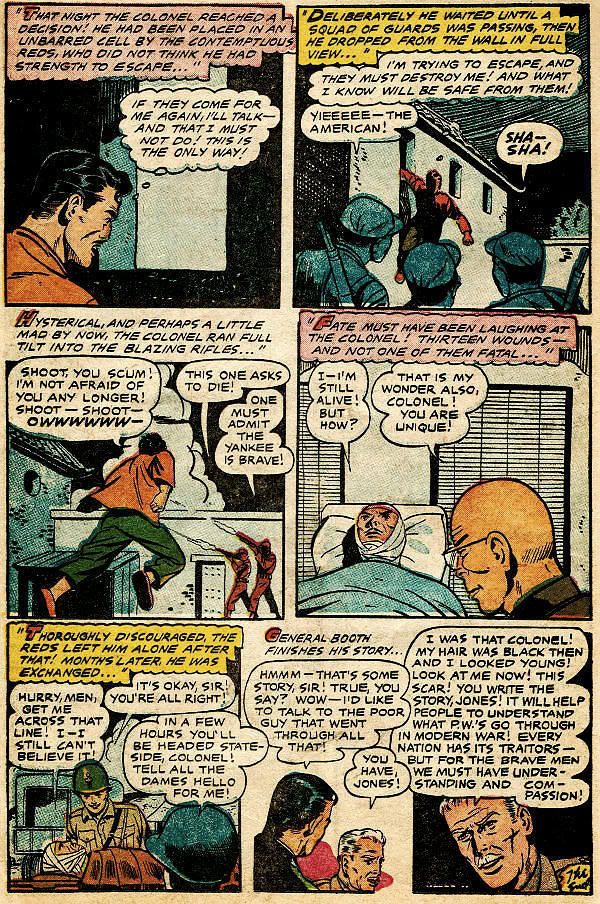 [This review comes from Collected Editions guest-blogger Doug Glassman:]
[This review comes from Collected Editions guest-blogger Doug Glassman:]Ten years ago, while comics were dealing with the relative tail-end of the “grim-n-gritty” phase, Mark Waid and Alex Ross came out with a little book called
Kingdom Come. Waid was the writer on
The Flash and Ross was not the superstar he is now, with his most notable success at the time being the epic
Marvels. Oh, how things change. For instance, Waid is now the writer on …
The Flash. Huh. But
Kingdom Come has not lost any of its resonance. It combines apocalyptic themes with the rich history of the DC universe. In fact,
Kingdom Come has helped enrich said history, adding characters such as Jakeem Thunder, the new Cyclone and Wildcat and turning the oddly mohawked and ponytailed Nuklon into the masked Atom Smasher. With
Kingdom Come now openly influencing
Justice Society of America, it’s time to take a look back at DC’s resident epic.
Let me just say that this isn’t a book that I’ve been hailing for years. In fact, I only read it for the first time a few weeks ago, partly because I needed something to read on the flight home and partly because of the
JSA tie-in mentioned above. (Yes, I haven’t fully switched to trades-only.
JSA is one of those books that I just have to get from month to month.) Usually I cover the art last, but
Kingdom Come is almost more famous for its art than its story. Personally, I’ve never fully liked Ross’ artwork. I find it too static and too awkward for storytelling. As well, I’ve often thought that his women look a little … masculine. While I still hold to the latter claim, I was happily disproven on the former.
Though the artwork is cluttered and the expressions sometimes mask the intent of the characters, Ross’ battle scenes have a certain elegance to them and are filled with detail. I highly recommend using the annotations by
Jess Nevins which identifies all characters in fight scenes and point out the really tiny details. Some of them actually change the meaning of the art. For instance, one character’s death seems to be part of a montage, but is actually part of a scene—the start of the scene is just hidden in the background. Ross’ design sense when it comes to heroes, villains and those that fall between is outstanding, and it’s easy to see why a number of his designs were adapted into the main DCU. Could
Kingdom Come have worked without Ross’ artwork? Perhaps. I personally would have loved to have seen George Perez, the king of crowd scenes, take this project on. But it wouldn’t have the same epic feel.
So how’s the story? Well, it’s pretty good. There are some very apocalyptic overtones and almost too much adaptation of DC's heroes into biblical allegory. (For instance, look for three nails in Superman’s pocket during his introduction.) While there is a frame story featuring the Spectre and preacher Norman McCay, they are less narrators and more observers, giving the reader the bare essential information and taking little overt action. The book addresses a number of questions raised in
Watchmen about the necessity and authority of superheroes. It leaves a lot open to reader interpretation while offering its own answers. If you have a beloved major character in the DCU that was created before, say, 1990, chances are he or she appears in this book, albeit probably in an altered form befitting this dystopian world.
The most recent version of the trade contains a few extra pages involving a meeting with Orion, who has … well, let’s say “fulfilled Jack Kirby’s Fourth World destiny.” I didn’t read the story before this was added and it would have been weaker had this sequence not been inserted. The trade also has an identification guide for the characters, sketches and an introduction by Elliot S! Maggin, who wrote the novelization of the story. There’s an Absolute Edition that covers even more ground and features much commentary, but with Jess Nevins’ annotations available, I’m not sure if the extras are needed. The regular trade is quite affordable and a must-buy for DC fans.
Kingdom Come earns its place as one of the most important works of the DC canon, despite the fact that it is an Elseworld. Its numerous new concepts reinvigorated the DCU and influenced stories that continue today. This skeptic has been won over.
[Contains introduction, covers, sketches, character information pages, identification guide, restored sequence explanation, gallery of “Kingdom Come”-related artwork. $14.95.]































